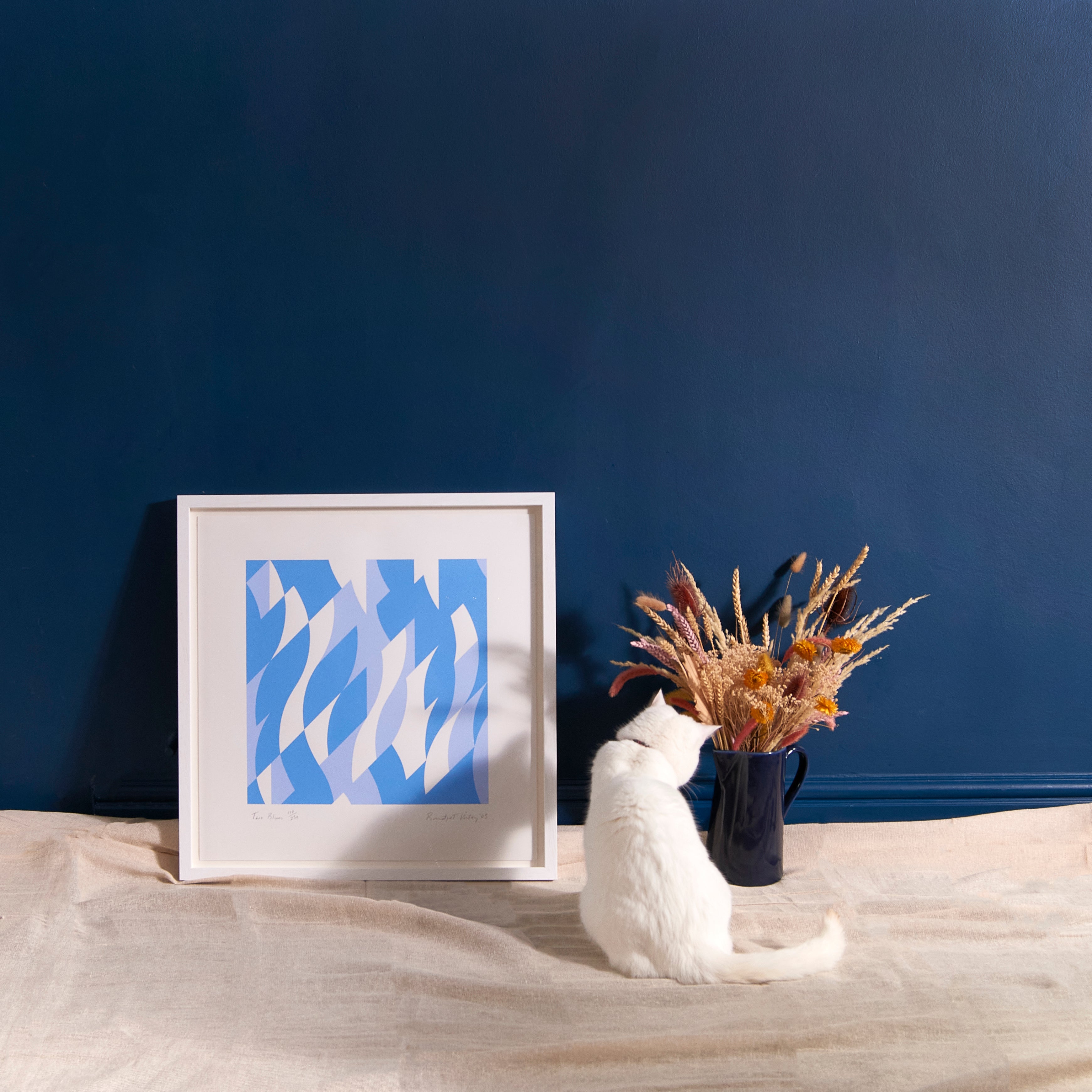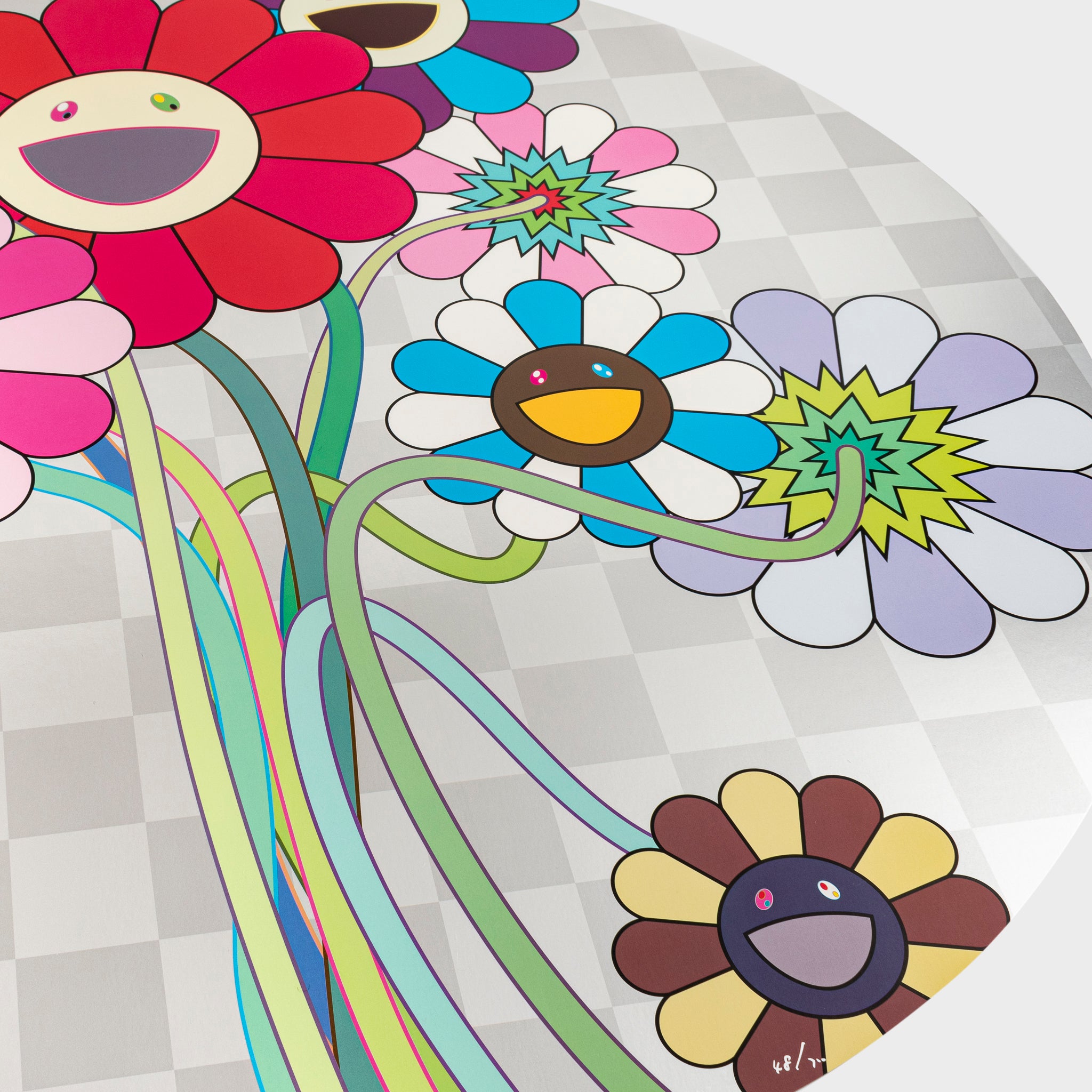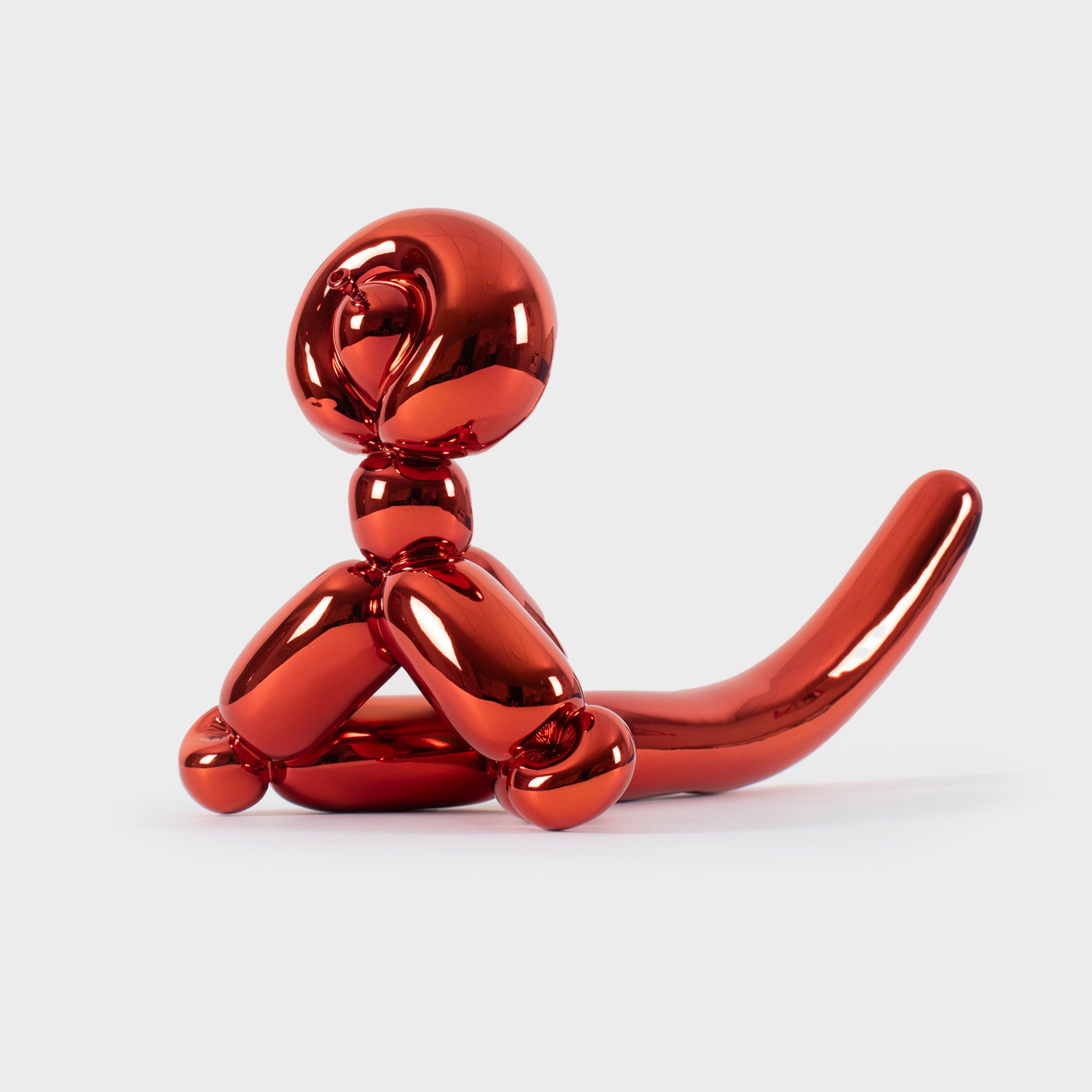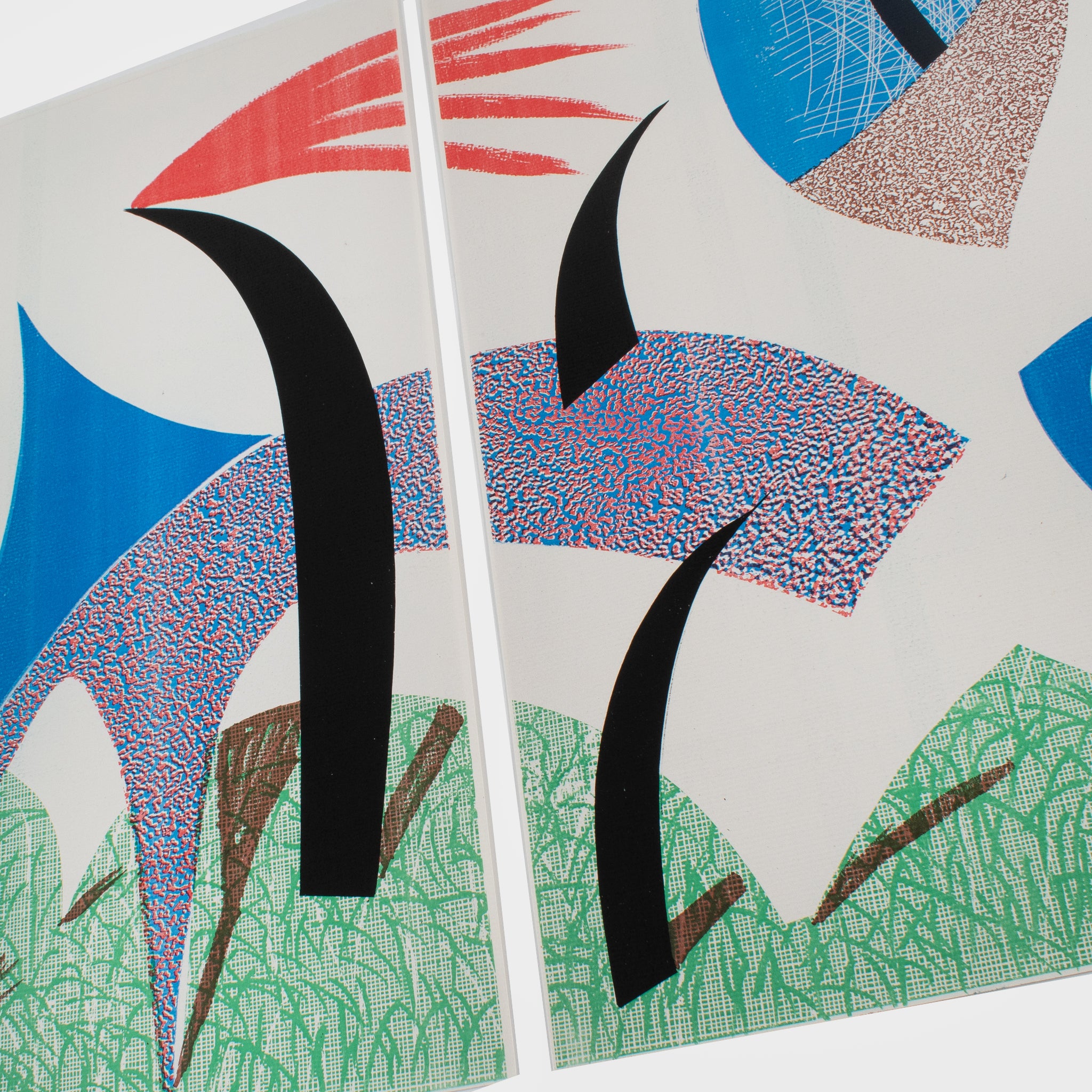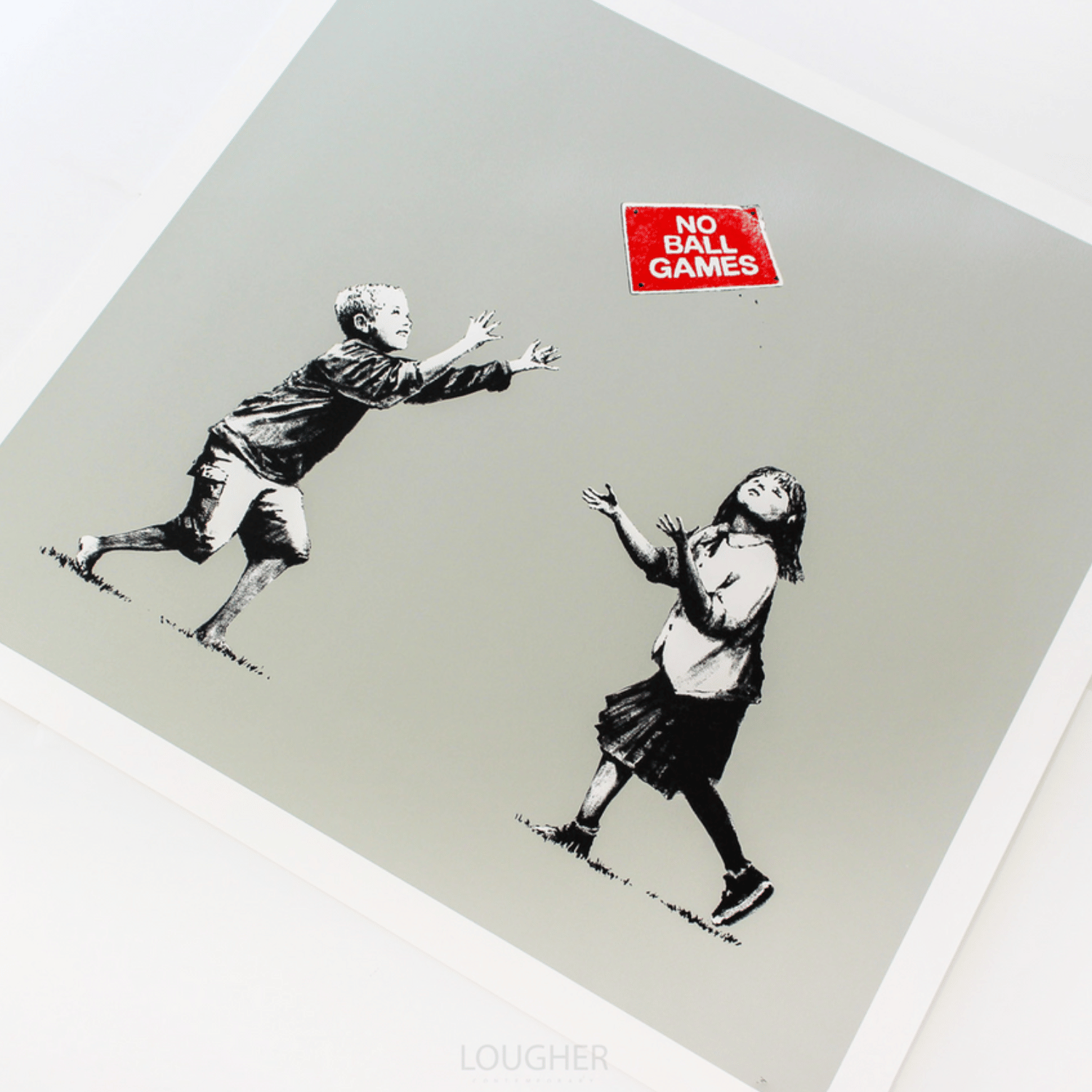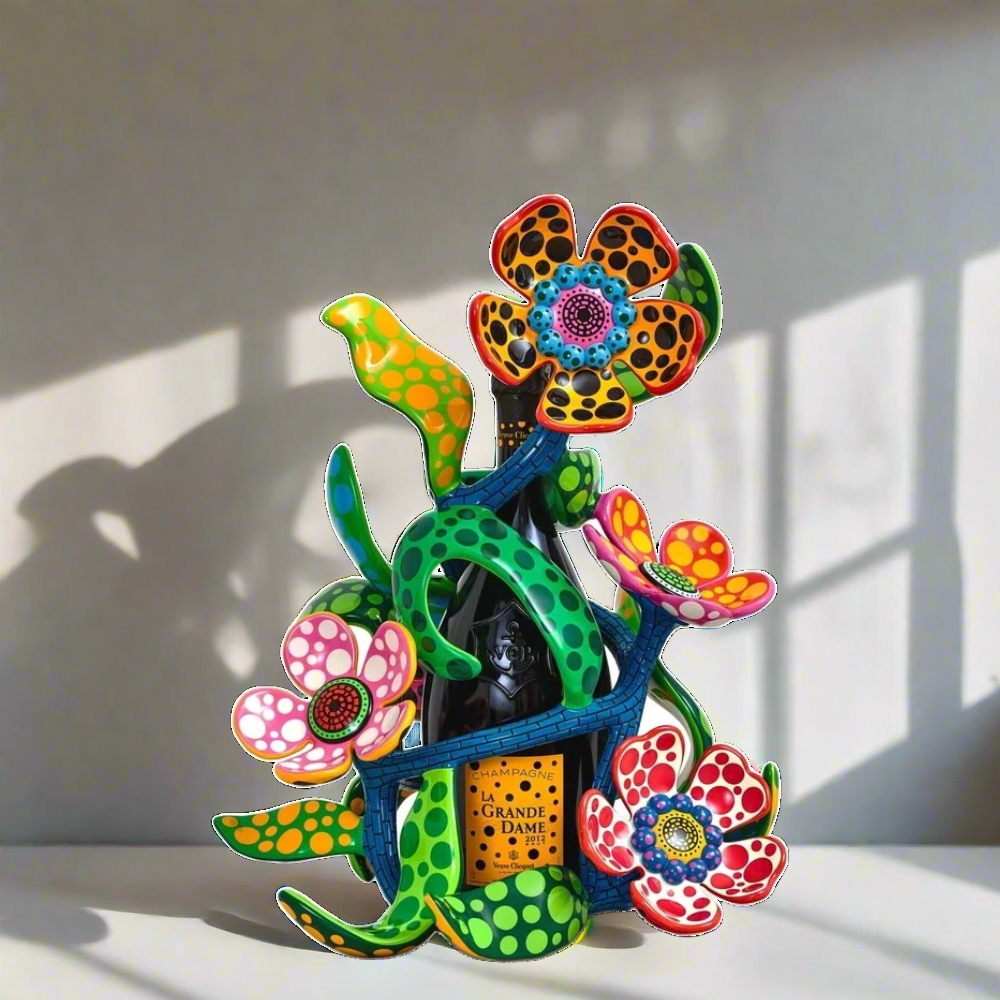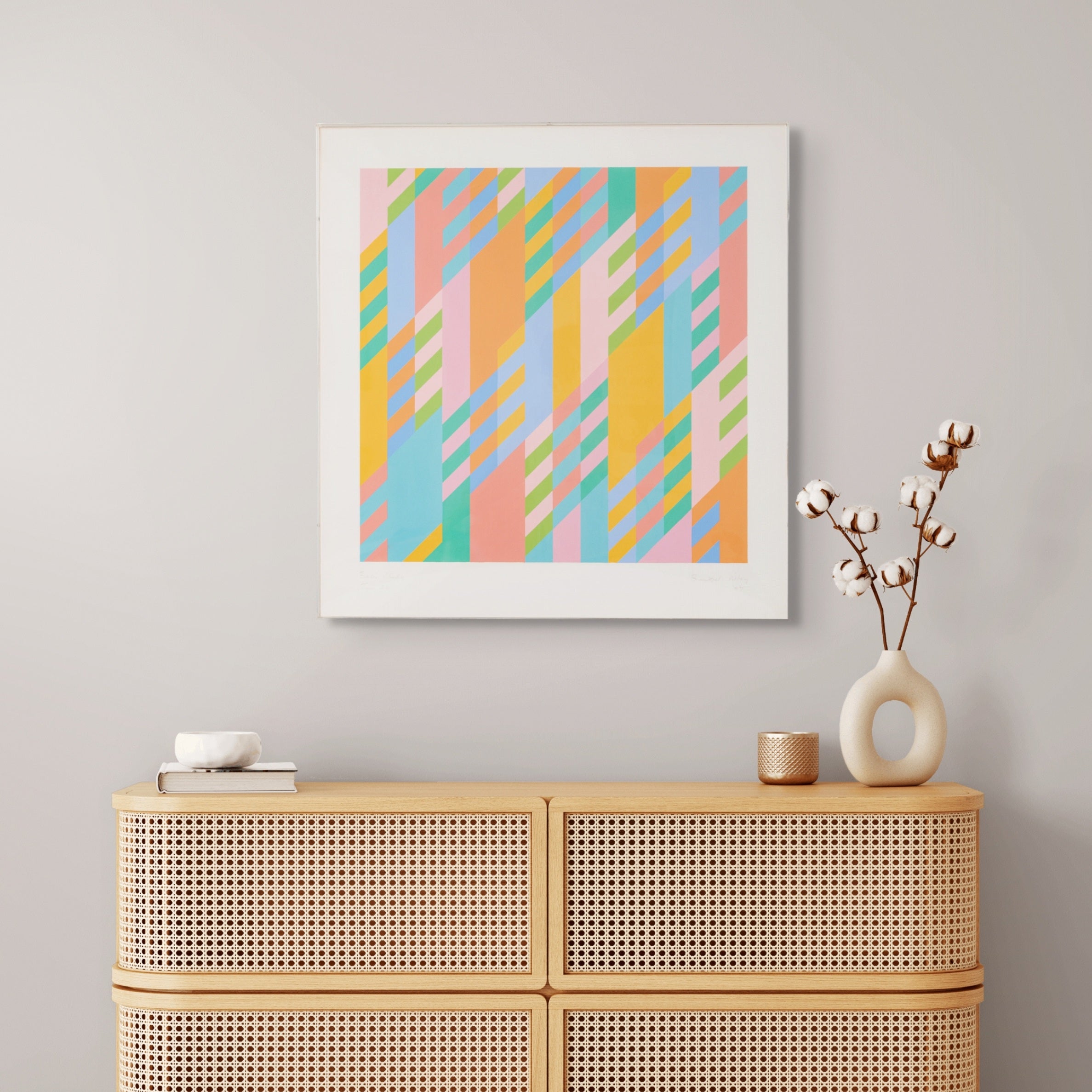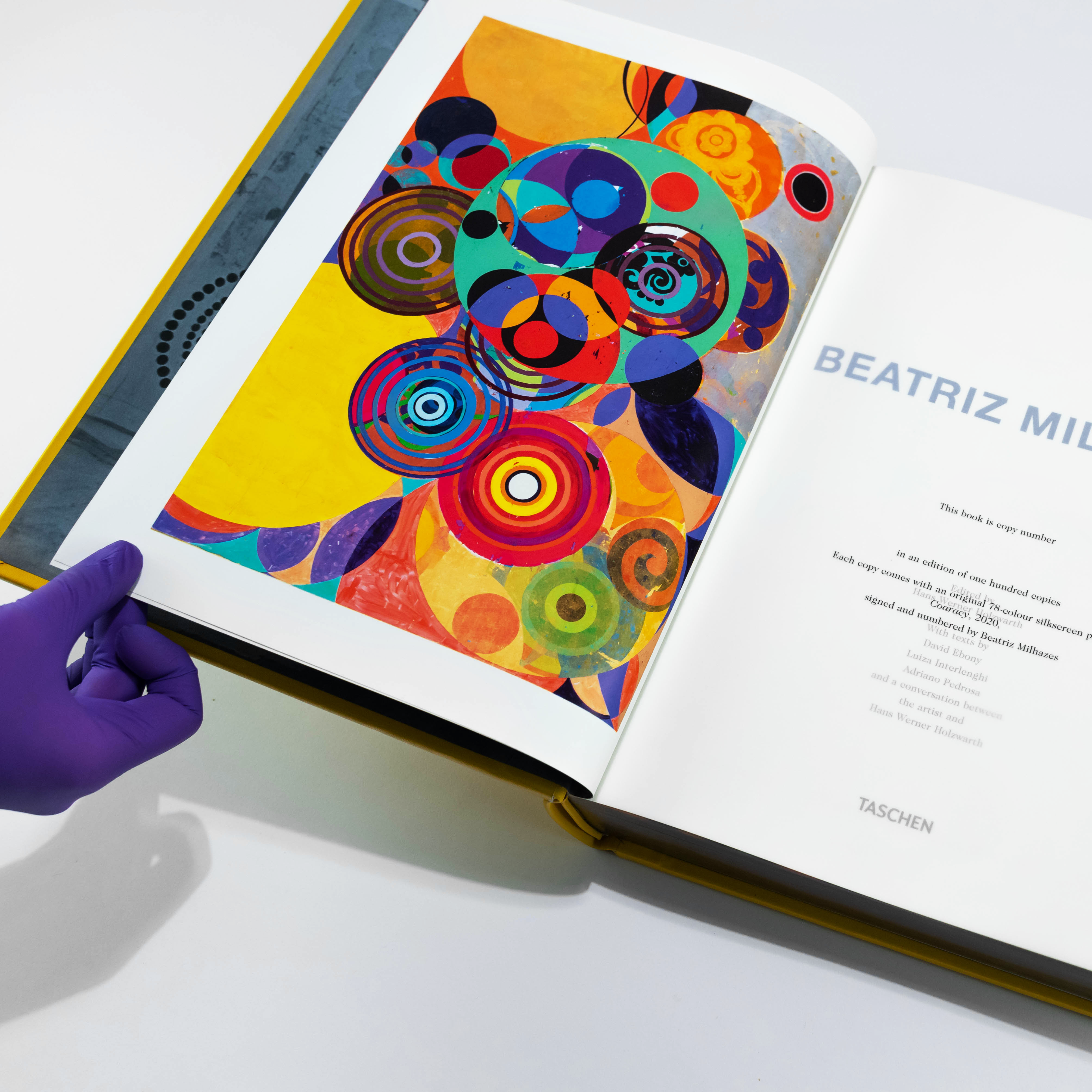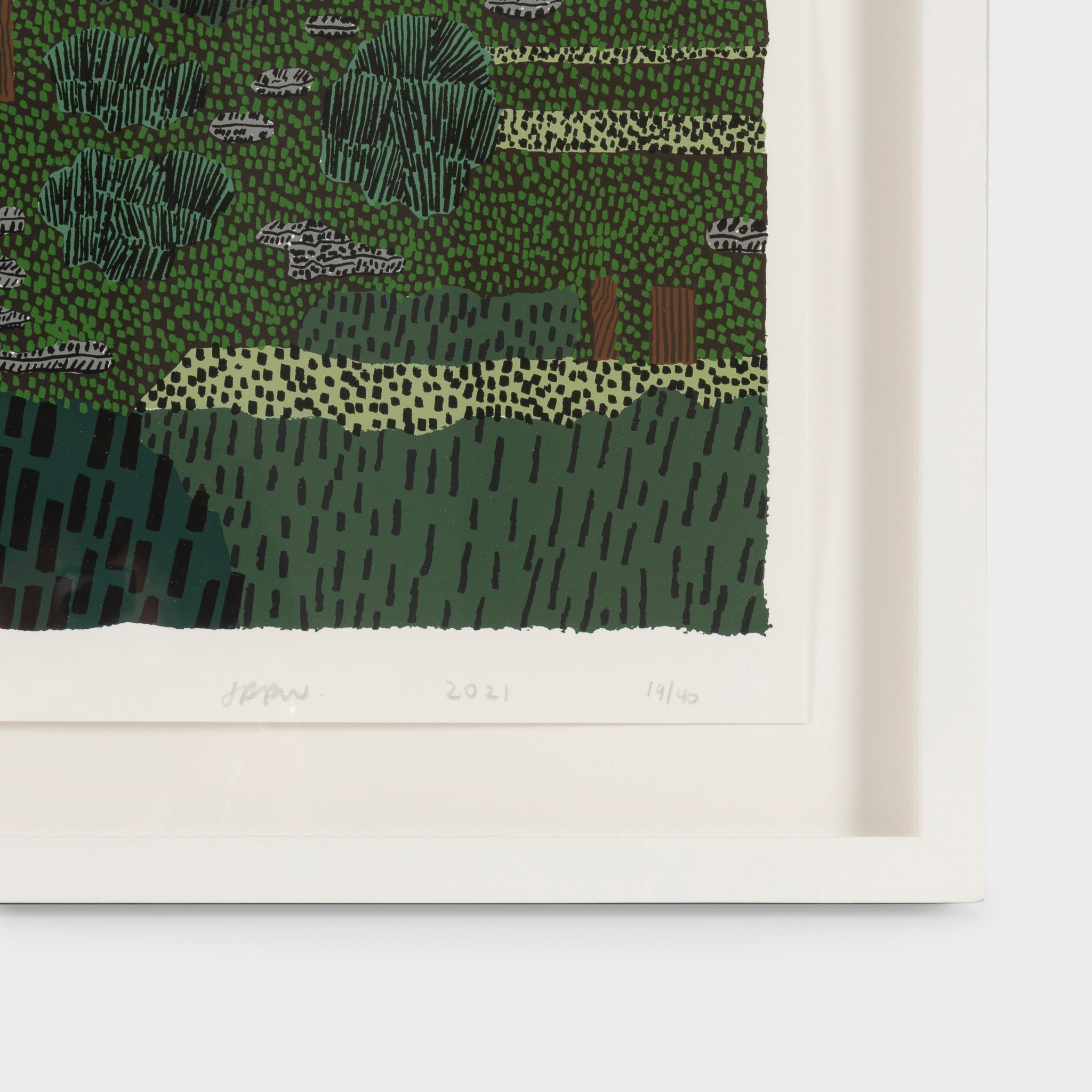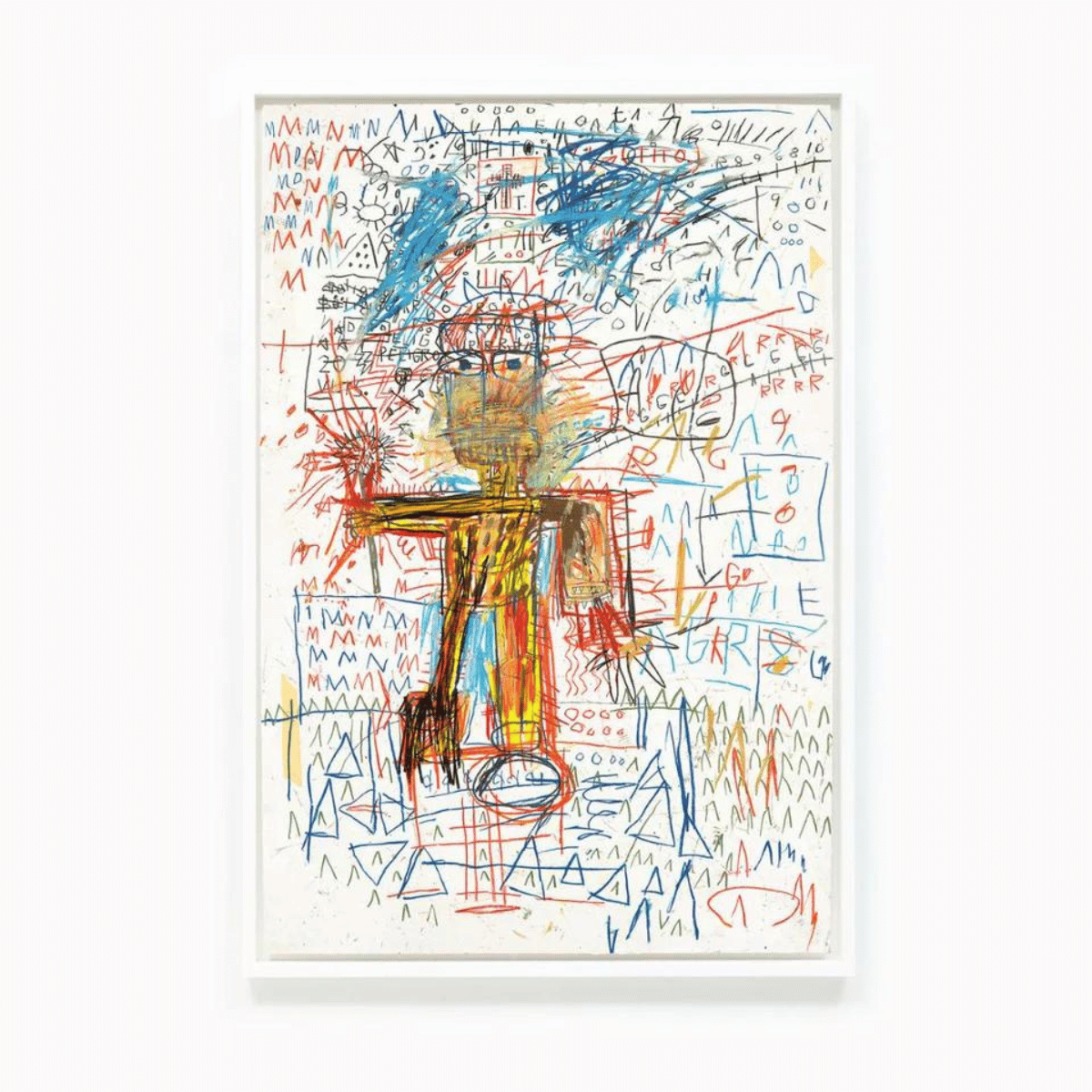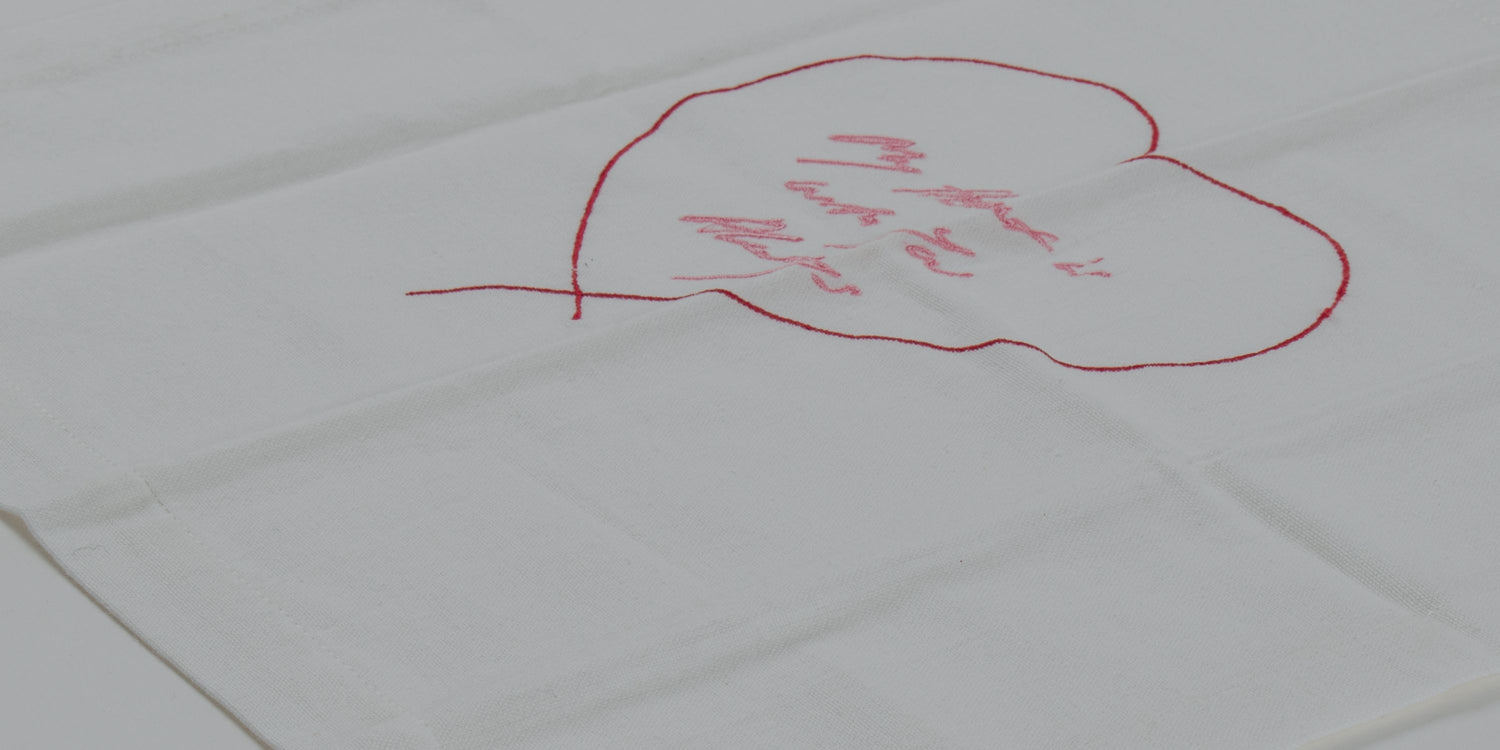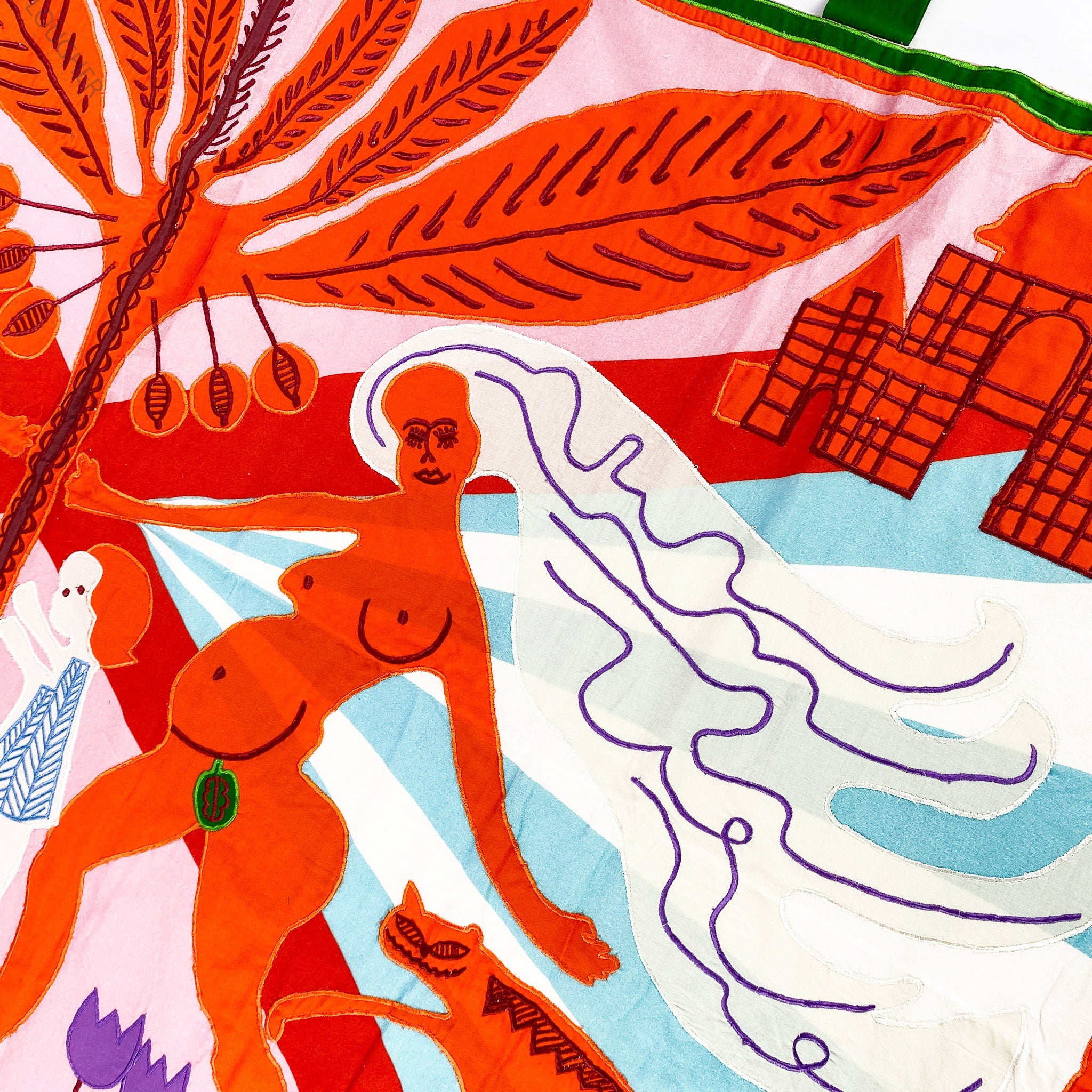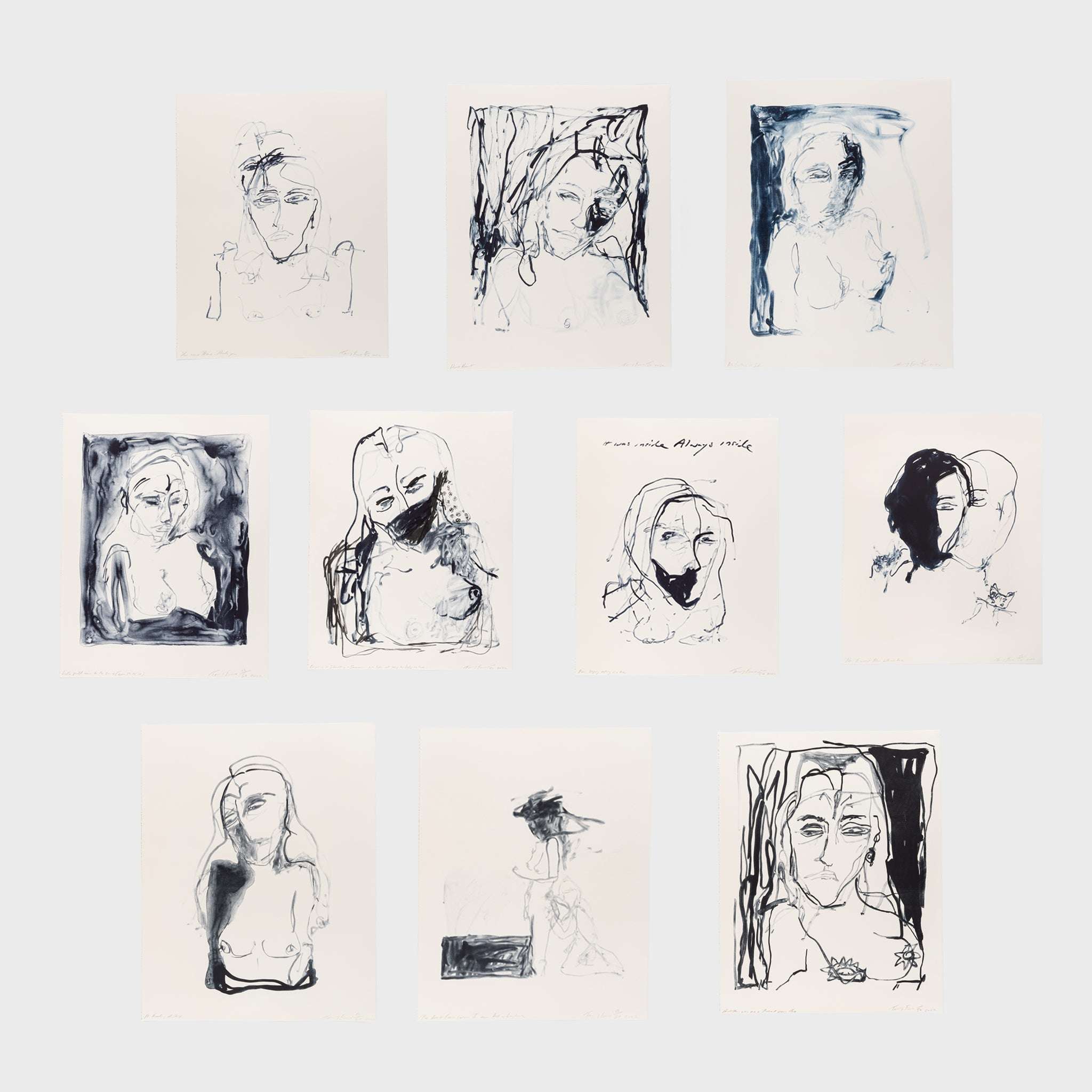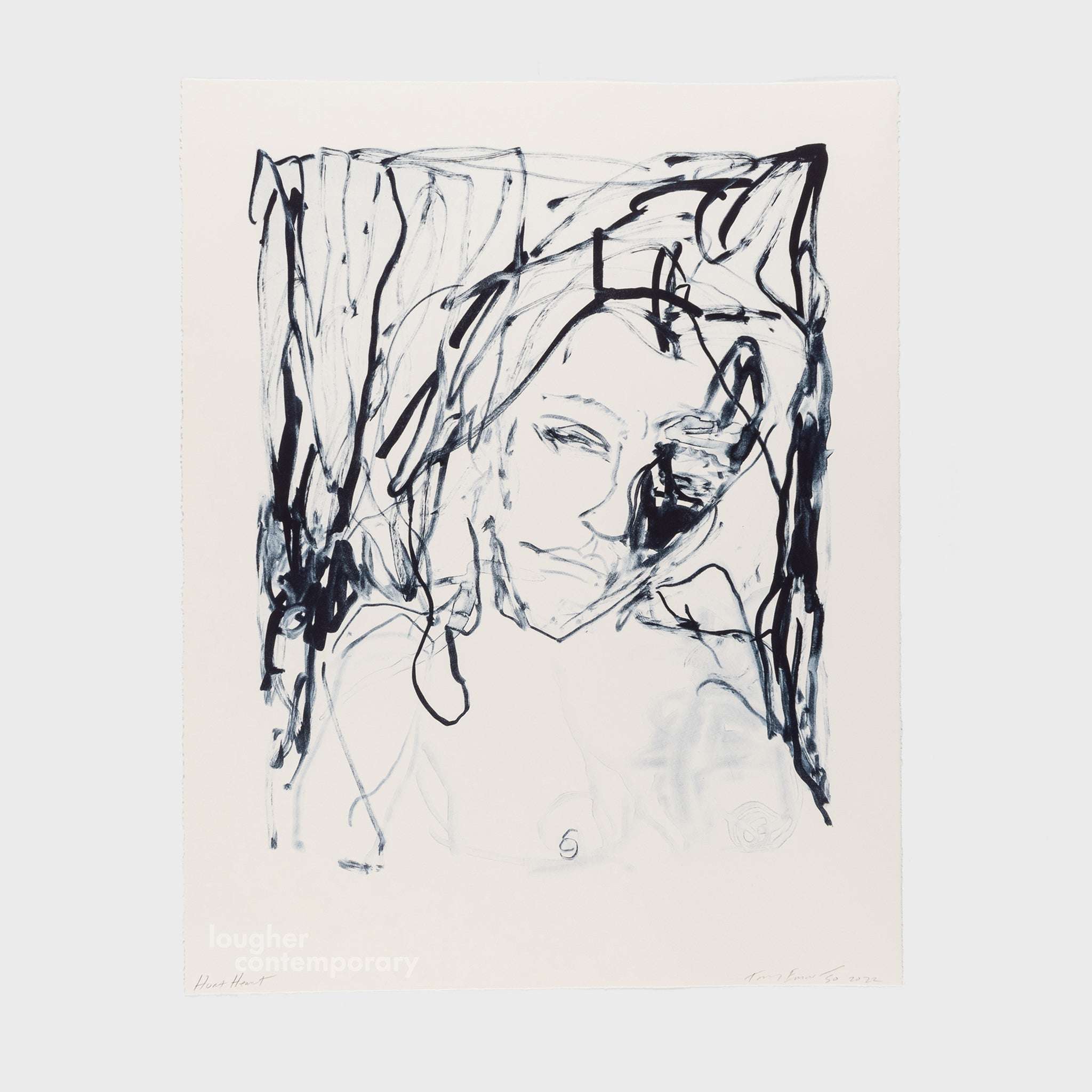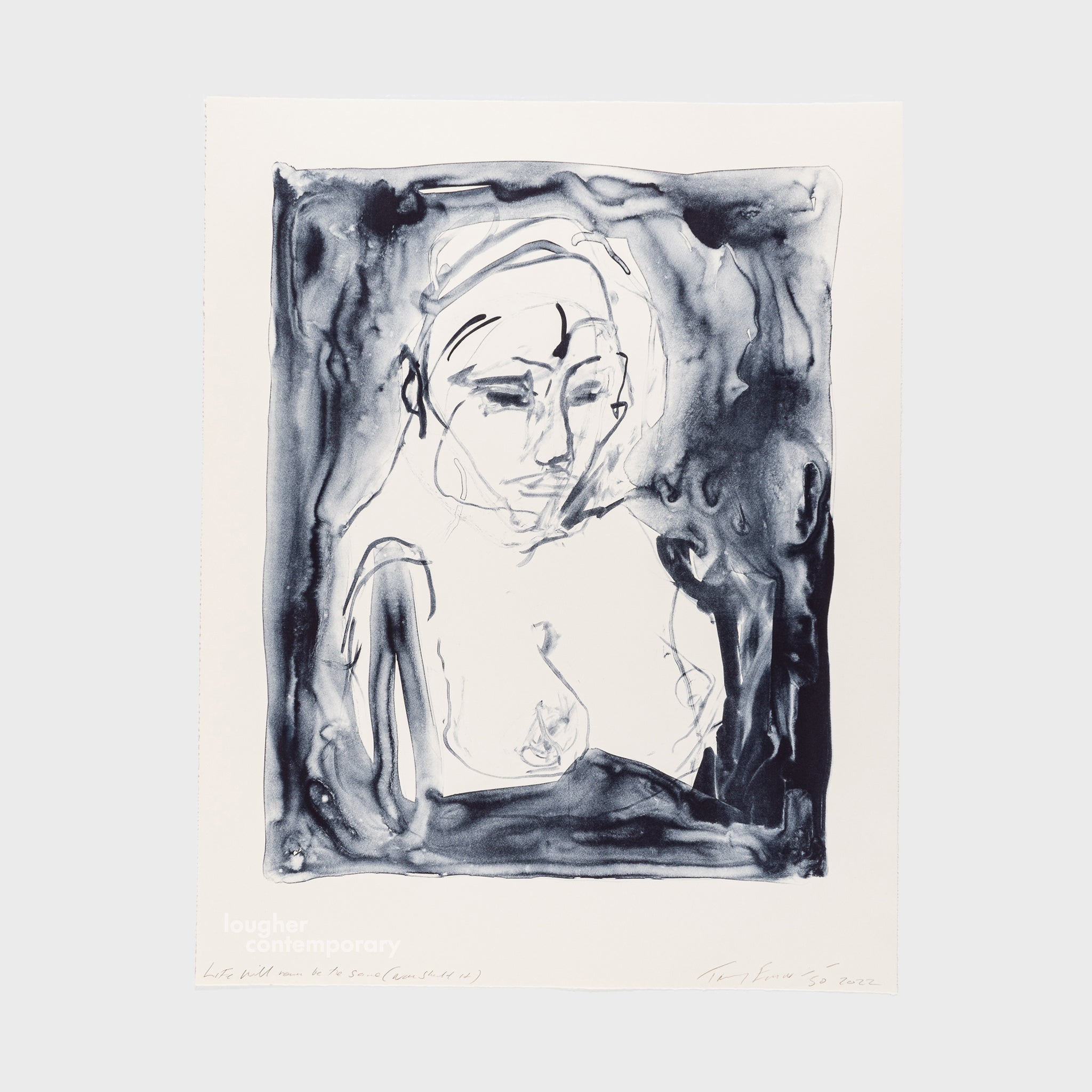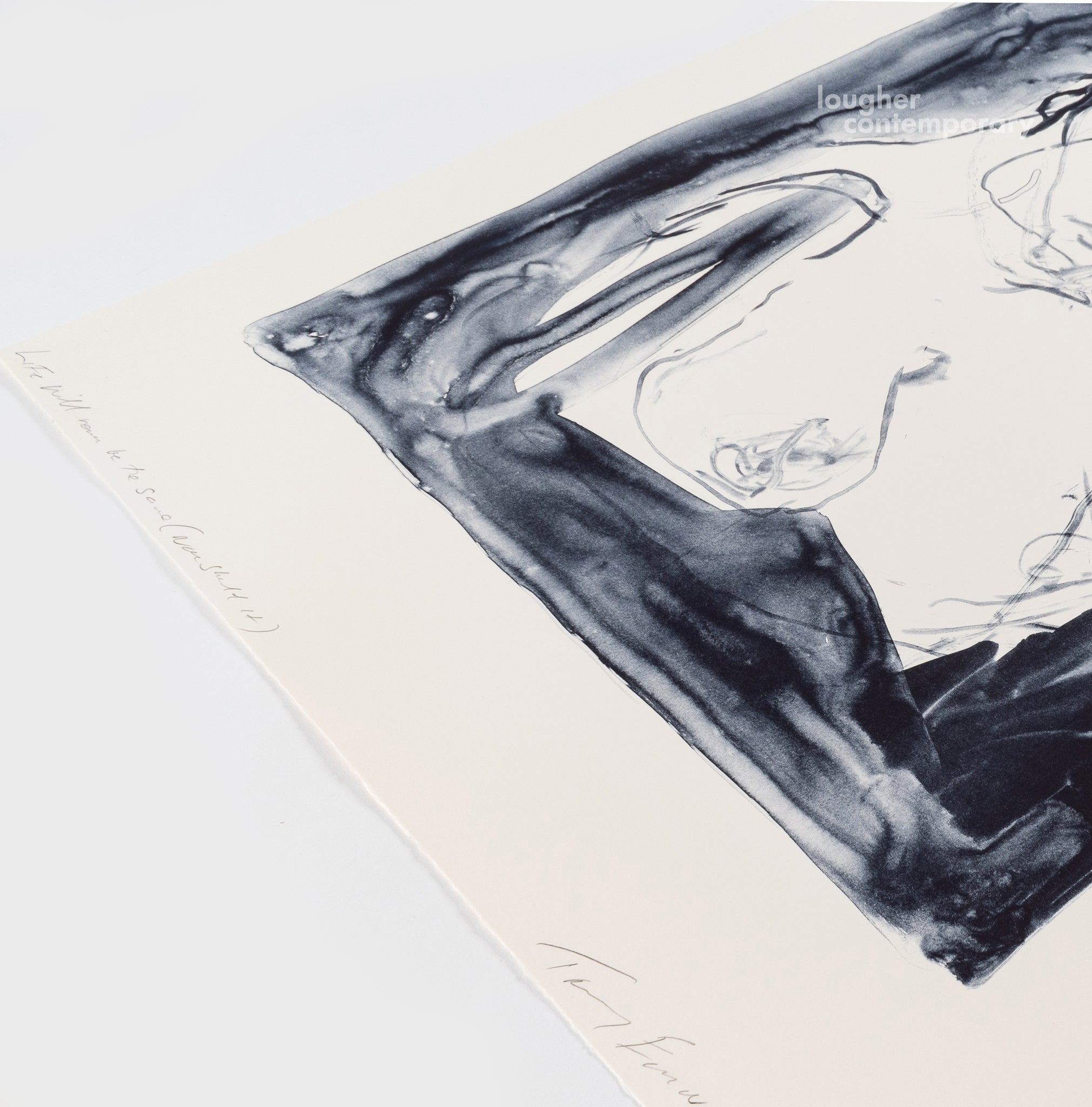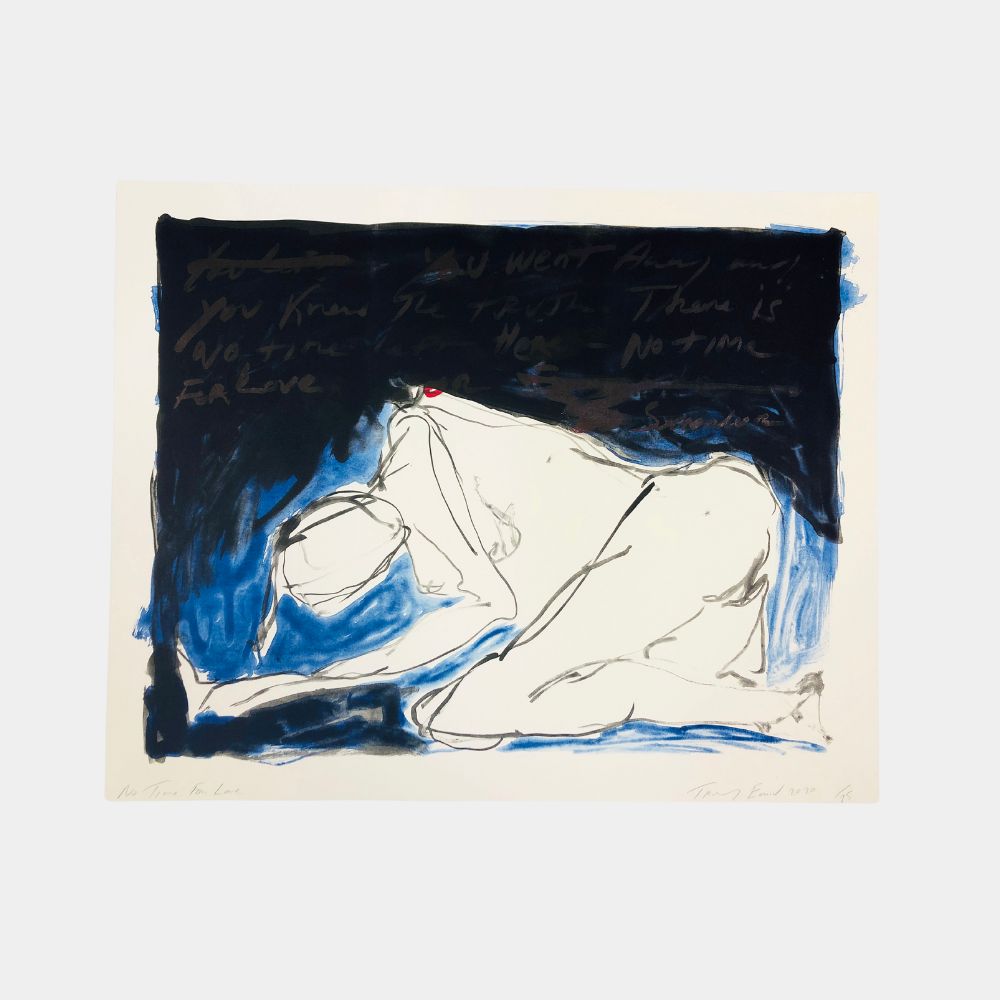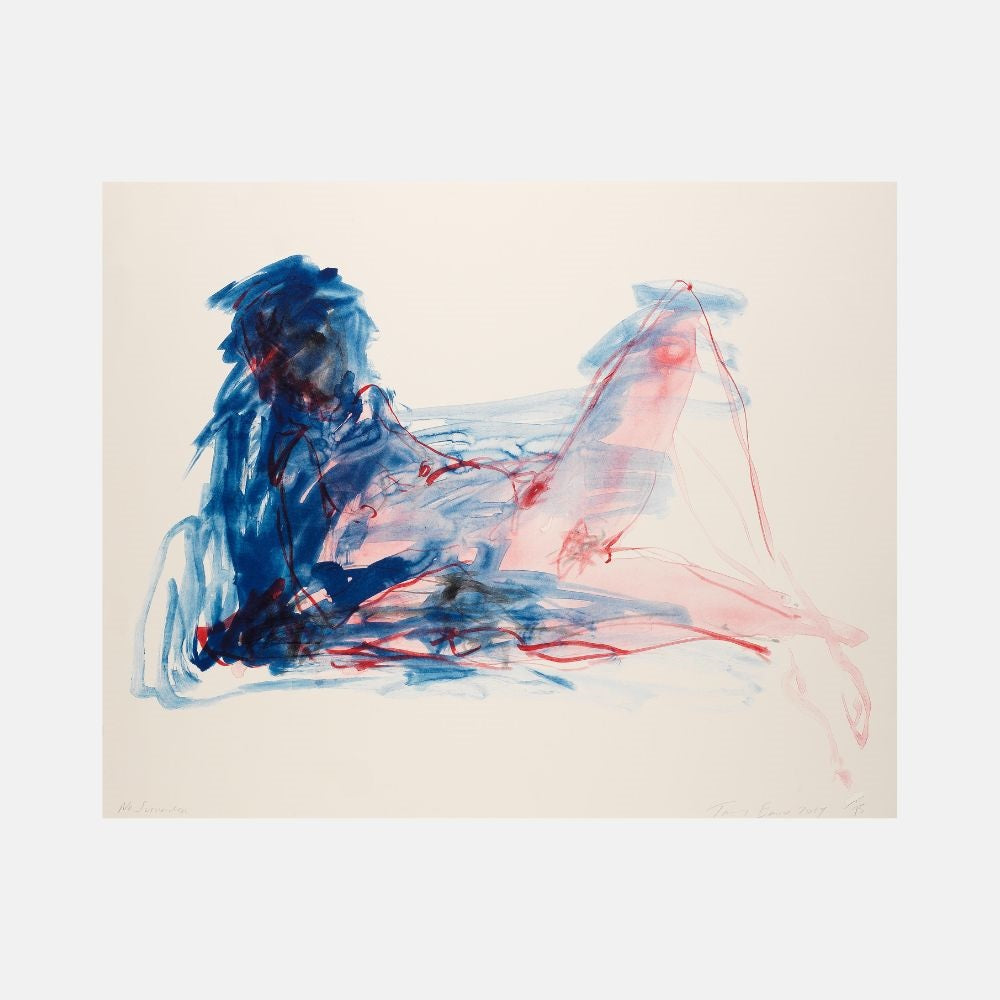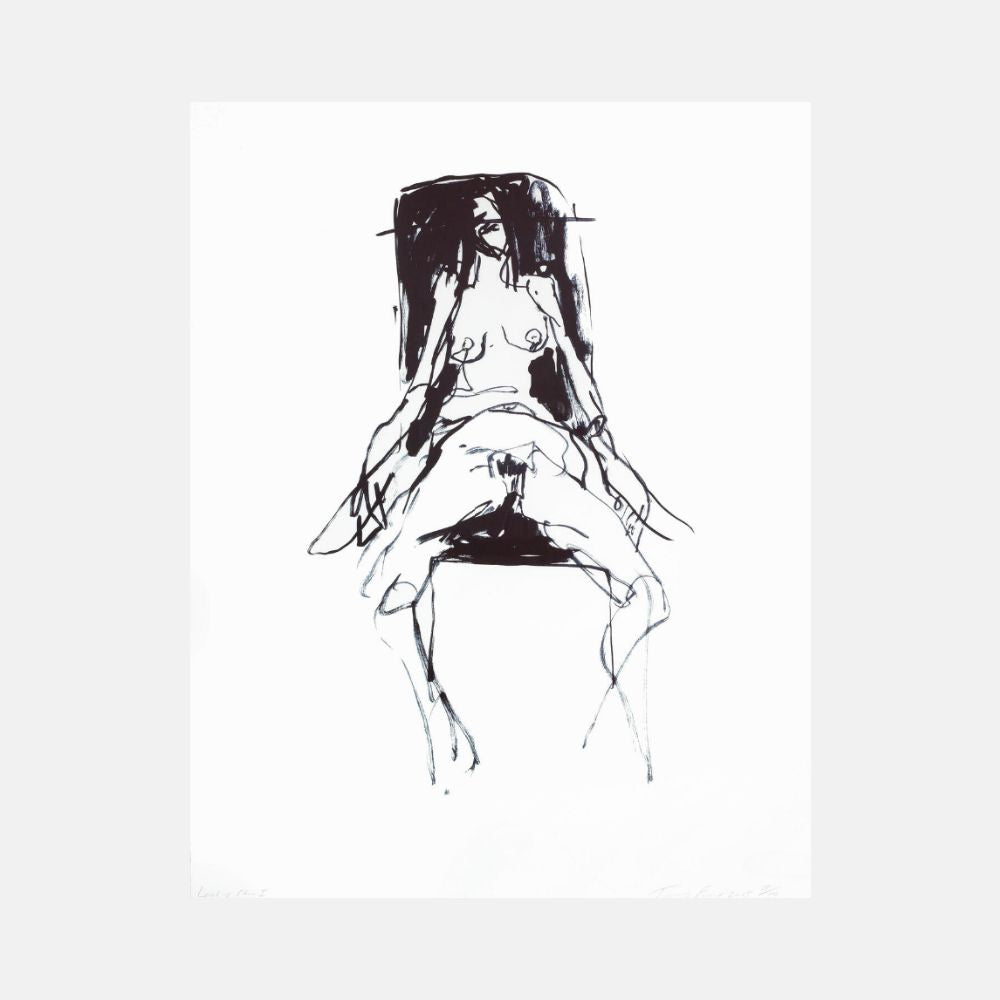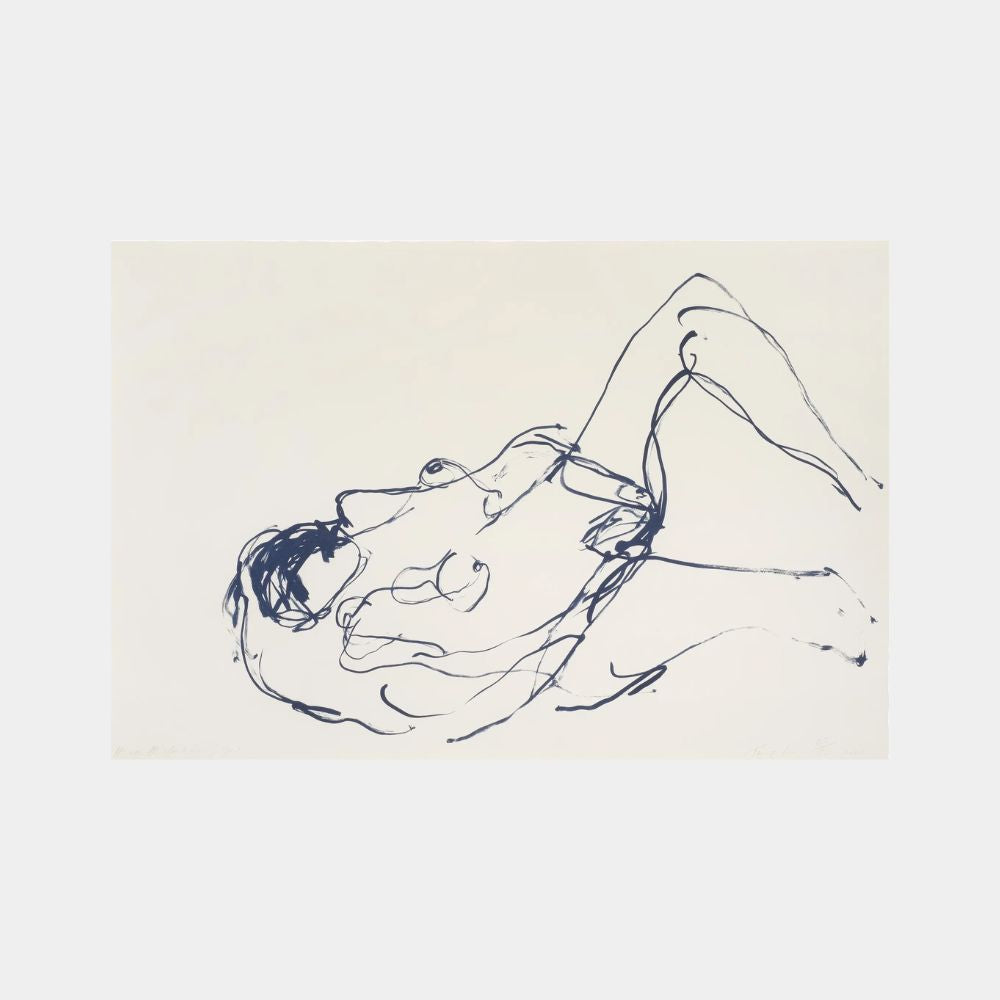Tracey Emin’s artwork is deeply rooted in personal experiences, offering an intimate glimpse into her life. Often autobiographical, her work confronts themes of love, loss, vulnerability, and trauma, presented with an unfiltered honesty that forces viewers to engage with their own emotions. Emin's iconic installation My Bed (1998) serves as a prime example of her bold, confessional approach. Displaying her unmade bed, surrounded by personal items like empty bottles and stained sheets, the piece symbolises emotional turmoil, mental health struggles, and the messiness of human existence. Through such works, Emin invites viewers to reflect on the complexities of life, relationships, and identity.
Her ability to tell her own story, while speaking to universal experiences, has made her a leading figure in contemporary art. Drawing from her own vulnerabilities, Emin explores the human condition in its rawest form. This personal and often confrontational approach has inspired discussions around mental health, gender, and societal norms, challenging traditional notions of decorum in the art world.

London, UK - August 16, 2019:"I want my time with you" glowing pink words installation by Tracey Emin within interior of St. Pancras, one of the largest railway stations in London and home to Eurostar. Taken from Shutterstock.
How Tracey Emin makes art
Emin’s artistic practice spans a variety of mediums, each one reflecting her unique voice and vision. Over the years, she has become known for her versatility, producing works that range from neon signs to sculptures. Below are some of the most notable mediums she uses.
Neon Works
Neon lighting is one of Emin's most recognisable mediums. Growing up in Margate, she was surrounded by the neon signs of her seaside town, and this medium has become a sentimental yet powerful tool in her practice. Emin’s neons feature hand-scrawled messages that often reveal her inner thoughts and feelings. The use of her own handwriting, such as in works like I Can Feel Your Smile (2005), personalises the neon medium, transforming commercial signage into a raw, emotional outlet. Each piece is a reflection of fleeting emotions and moments, immortalised in glowing light.
Paintings
Tracey Emin’s paintings offer a raw and expressive exploration of the human body and emotions. Often working with loose brushstrokes and soft, fragmented lines, her paintings are heavily influenced by artists like Edvard Munch and Egon Schiele. In pieces like Sometimes I Feel Beautiful (2012), Emin’s focus on the female form is evident, with her use of muted colours and abstract shapes conveying vulnerability and desire. Her painting practice complements the emotional intensity of her other works, offering a more fluid and abstract way of telling her story.
Photography
Photography has been another key medium in Emin’s work, particularly in documenting her own life and surroundings. Her self-portraits and snapshots often accompany her other works, offering a further glimpse into her world. Photography enables her to capture fleeting moments of everyday life, blurring the lines between art and autobiography. The self-referential nature of her photography aligns with her broader artistic narrative, where personal experience is always at the forefront.
Sculptures
Emin’s sculptural works also reflect her deeply personal approach to art. Pieces like The Moment We Met (2018) are both tender and stark, often depicting simplified human figures in various states of embrace or isolation. These sculptures, typically made from bronze, are imbued with a palpable sense of loss, love, and longing. Emin’s use of the medium conveys a certain weightiness—both literal and emotional—inviting viewers to engage with the physicality of her themes.
Napkins and Tapestries
Textiles have played a significant role in Emin’s practice, with her embroidered napkins and tapestries functioning as intimate diaries. In works like Psycho Slut (2007), she uses fabric to tell stories of sex, trauma, and healing, often stitching provocative and candid phrases into soft, comforting materials. The juxtaposition between the harshness of her words and the delicate textures of the fabric heightens the emotional impact of her pieces, drawing viewers into her world of deeply personal reflection.
Collecting Tracey Emin with Lougher Contemporary
For those interested in owning a piece of Tracey Emin’s work, Lougher Contemporary offers a range of collectible prints, napkins, and posters. Emin’s prints, in particular, are a popular choice for collectors, allowing fans to own a version of her distinctive line drawings and neon works. A standout print like Kate (2006), a portrait of supermodel Kate Moss, exemplifies her mastery of capturing emotion with minimal lines, making it a sought-after piece.
Emin’s embroidered napkins and tapestries, although highly personal, have become equally collectible. They offer a tactile connection to her more intimate works, serving as both art objects and confessional relics. These smaller, more accessible pieces allow collectors to engage with the raw honesty that defines Emin's art, without needing to acquire a large-scale installation or neon sculpture.
In conclusion, Tracey Emin’s art practice is characterised by its deeply personal, autobiographical nature. She fearlessly confronts difficult emotions and experiences, translating them into various forms, from neon lighting and sculpture to painting and textiles. Her works resonate with audiences on a personal level, inviting reflection on vulnerability, love, and identity. Collectors and art lovers alike can explore her diverse range of works, from limited-edition prints to tapestries, available through trusted contemporary art galleries like Lougher Contemporary.


